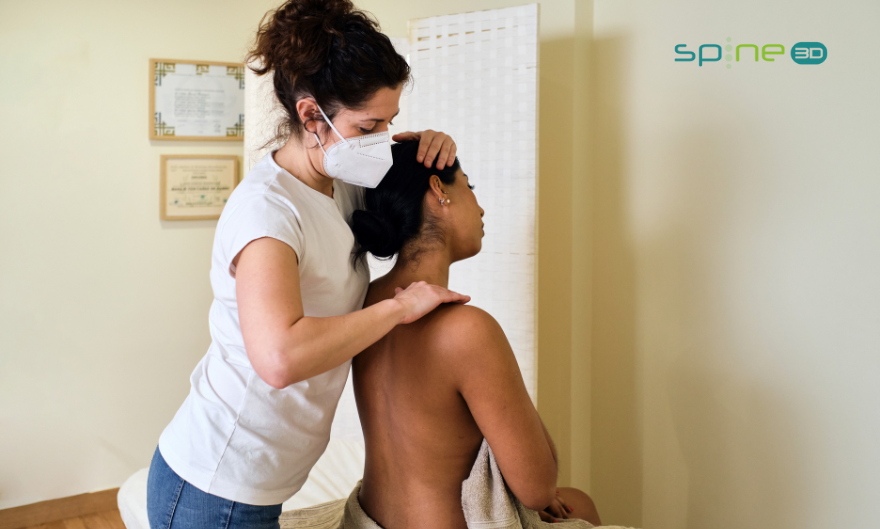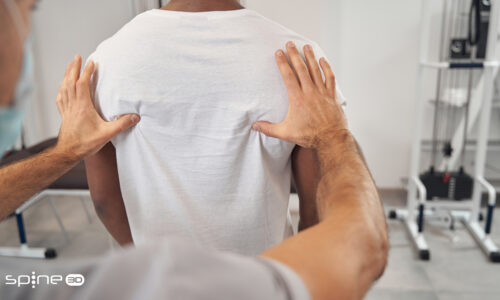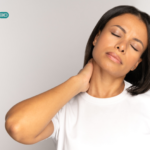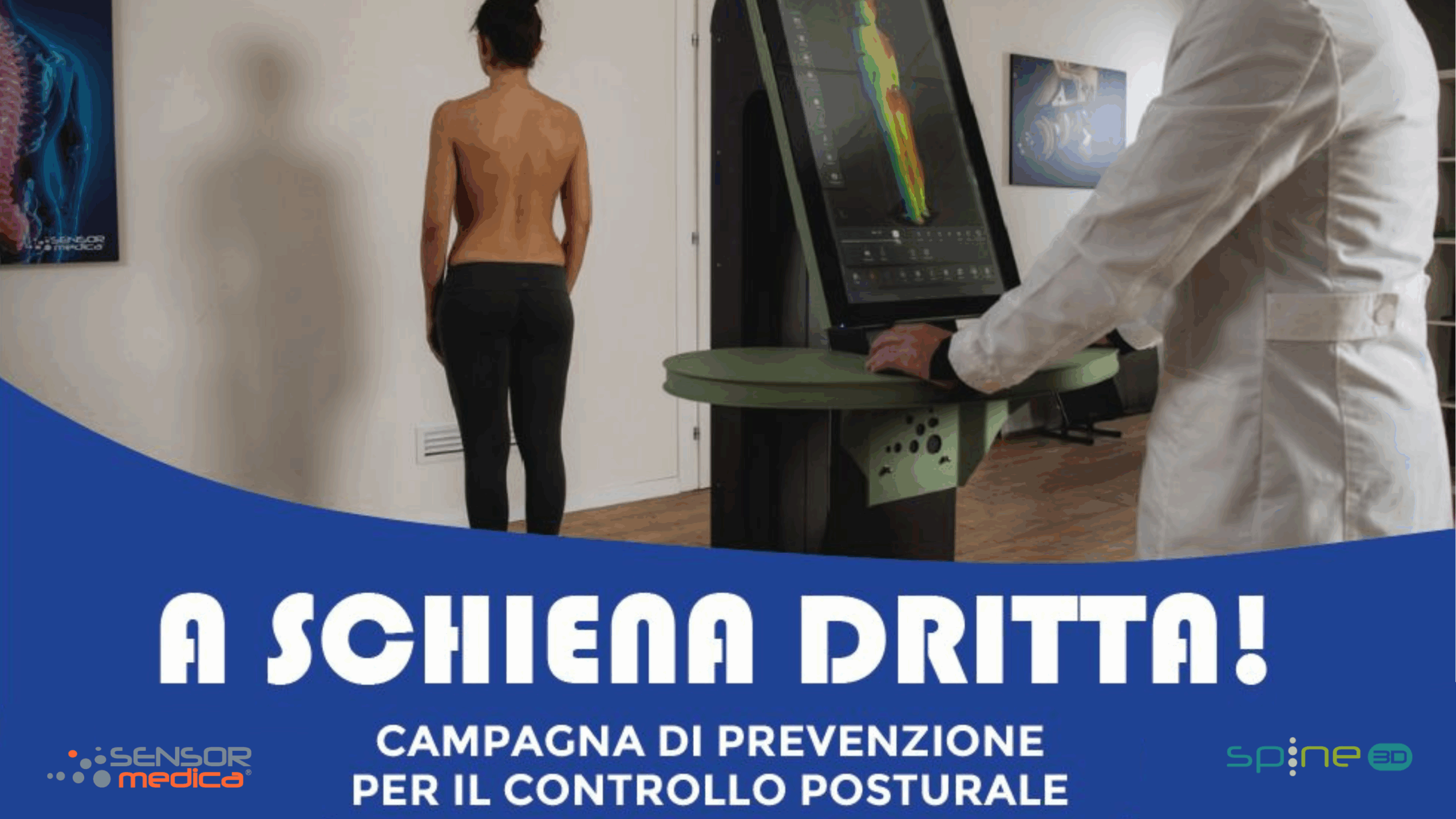
Getting to know our bodies: the cervical spine
- admin
- October 13, 2022
- Information, Neck
- Atlas, Cervical, Cervical Spine, Epistropheus, Lordosis, Lower cervical spine, Nerve roots, Quadriplegia, Spinal Column, Upper cervical spine, Vertebral artery
- 0 Comments
Cervical pain is common and we all suffer from it in one way or another sooner or later. Let us, however, understand a little about how our body works. That nagging pain that often reaches our eyes and generates nausea, where does it originate? Let’s take a little trip into the structure of our cervical spine. Perhaps reading this article will not make the pain go away, but for those the advice is always the same: consult a specialist!
Structure and Function
Perhaps you have never thought about it, but the cervical spine is the most mobile part of the spinal column. And it is also the most delicate section. It supports, stabilises and makes the skull mobile, but in addition to this, it protects the structures that pass through it, such as the spinal cord, nerve roots and the vertebral artery. It is no coincidence that an injury in this part of the spine can cause quadriplegia (complete paralysis of the limbs) or even death (injury at the C1-C2 level). A very important and delicate part of our body. On a structural level, the cervical spine is characterised by a curvature of about 36 degrees (anterior convexity) called lordosis, the same curvature that becomes more and more pronounced with advancing age, which is very evident in the elderly. This section of the spine (called the cervical spine) consists of seven vertebrae, divided into its sections: upper cervical spine (C1-C2) and lower cervical spine (C3-C7). Let’s go a little deeper, trying to understand in detail how our cervical spine is composed and functions.

Atlas and Epistropheus, the upper section
We have already mentioned the importance of the upper section. Let’s discover it in detail. The atlas and the epistrophe are the first two vertebrae and are clearly distinguished from all the others. The first vertebra, the atlas, takes its name from the character of the same name in mythology, the one who carried the weight of the world on his shoulders. Just what this vertebra does with our head. Without going into specific details about the structure of these vertebrae, however, we can explain how they ‘manage’ the delicate movements of our head. The atlanto-occipital joint allows movements of lateral flexion, 10 degrees of flexion and 25 degrees of extension; a few degrees in the same directions are also allowed by the joint relationships between C1 and C2. The main contribution of the two vertebrae, atlas and epistrophe, is given to the rotation of the cervical spine, which they support for 45 degrees in both directions. There is no intervertebral disc between the two vertebrae and excessive movements are limited by both the ligaments and the joint capsule.
Lower cervical spine
Below the C1 and C2 vertebrae is the section called the lower cervical spine, consisting of the remaining five cervical vertebrae. What distinguishes these vertebrae from the atlas and epistropheus is that the lower section does not specialise in rotation, but in anterior, posterior and lateral flexion. Flexion reaches its maximum effectiveness at the C4-C5 and C5-C6 vertebrae. The upper section C3-C4 and C4-C5 is the one to which we owe the most lateral flexion. The vertebrae in this section are smaller than the vertebrae below and, an important feature, is the presence in C7 (prominent vertebra) of a particularly long spinous process, which is easily palpable on clinical examination in many patients.







